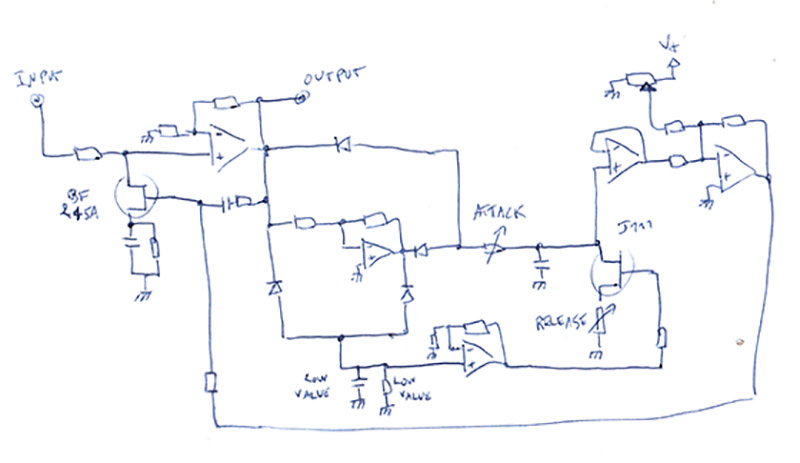saint gillis
Well-known member
Hello, I was looking at the 1176 schematic http://www.gyraf.dk/gy_pd/1176/1176sch.gif
And I was minding, when the attack is set to fastest, the CV should be full of AC, does this cause distortion in the audio chain?
And also the attack is supposed to be 20-800µs, is that real? I mean how is that possible for the "slowest" setting with a 25k 220n RC network?
And I was minding, when the attack is set to fastest, the CV should be full of AC, does this cause distortion in the audio chain?
And also the attack is supposed to be 20-800µs, is that real? I mean how is that possible for the "slowest" setting with a 25k 220n RC network?



